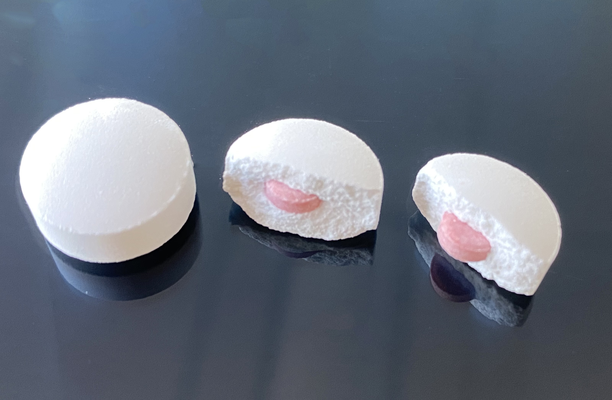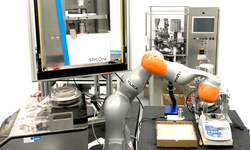Scientific papers
Objective:
This study aimed to devise a developmental strategy for matrix tablets containing mirabegron, incorporating a quality by design approach that considers geometric properties such as gel strength, erosion rate, and swelling rate.
Methods:
A design of experiment (DoE) was employed to explore the impact of critical material attributes (CMAs) on critical quality attributes (CQAs) and geometric properties. Pearson correlation coefficients were utilized to ascertain the relationship between geometric properties and CQAs. An in vivo pharmacokinetic study in Beagle dogs was conducted to evaluate the mirabegron pharmacokinetics following the oral administration of both test and reference formulations.
Results:
The DoE revealed a significant relationship between (%) dissolved drug amount and geometric properties with CMAs. A robust design space was established, demonstrating low absolute and relative biases between predicted and experimental results. Pearson correlation coefficients indicated noteworthy correlations between (%) dissolved drug amount and geometric properties. The geometric mean ratios of the maximum plasma concentration and area under the concentration–time curve between test and reference formulations were 0.954 and 1.050, respectively. Notably, no significant differences in pharmacokinetic parameters were observed between the reference and test drug-treated groups (p < 0.05, t-test).
Conclusion:
These findings underscore the efficacy of developmental strategies that incorporate various geometric properties when formulating swellable/erodible matrix tablets.

Comments
No comments posted yet.
Add a comment















